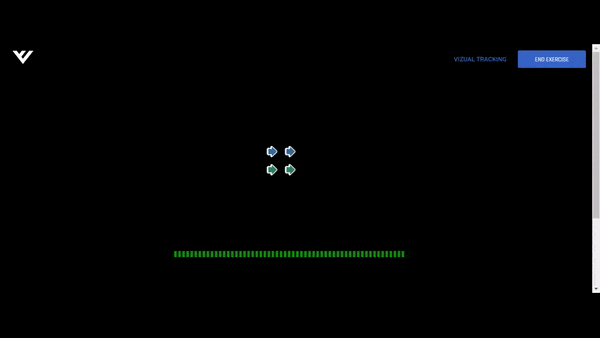Red, Yellow, Green Light Recognition in Pickleball
One of the most important Pickleball tips I could have benefited from early in my playing days is what I call Red, Yellow, Green Light Recognition. Like many former athletes that find their way to the pickleball court, I started out far too aggressive as a player. I hit every ball too hard and tried to hit a winner with every shot. It didn’t work out often, but it worked out often enough that I kept that approach going while I played with a group of fellow beginners.
That all changed, though, when I played my first time with an experienced group of pickleballers. Not only were they able to handle my max-effort forehands from the baseline (and deliver it right back at my feet), they were more precise- and soft- with most of their shots. When they did try to hit the ball hard, it usually resulted in a winner (or a soft shot back that they could then put away).
Fortunately, after one of these first sessions with the better group, one veteran pulled me aside and explained the idea of “red light, yellow light, and green light” to me.
RED LIGHT
Simply, if the ball was at my knees or below, this was “red light” territory and a ball I shouldn’t attack; my goal should be to return the ball to the kitchen in a way that didn’t set my opponent up to attack it.
YELLOW LIGHT
If the ball was between my knees and my waist, this was “yellow light” territory. If I was in a good position and I saw a chance for a winner, I could try and hit an aggressive shot. But if not, it was a perfectly good option to hit a reset back into the kitchen.
GREEN LIGHT
However, if the ball is above my waist, I should be aggressive in attacking the ball and trying to win the point.
RECOGNTION
The most vital part of all this is that I needed to recognize what sort of ball I was getting from my opponent and be able to react accordingly. Sometimes the shots are soft and there is ample time to read the ball and decide what shot we want to play. Other times, the action develops much quicker and we need to rely on our instincts to let us know how aggressive we should be with our shots.
Our Vizual Edge recognition exercises help with just that- helping you make the eyes/brain/body connection to help you respond quickly to the action in front of you. And just as I made the mistake of attacking the “red light balls” I should have been softly returning, we also don’t want to miss out on attackable balls above the waist.
Vizual Edge Recognition Exercise
If your shot strategy is holding your pickleball game back, consider doing extra training with our recognition exercises where you can increase the number of arrows you’re recognizing as well as the size and flash time.
0-0-2
Follow Lukas on Twitter @LMcK_Baseball
Follow Vizual Edge on Twitter @VizualEdge


